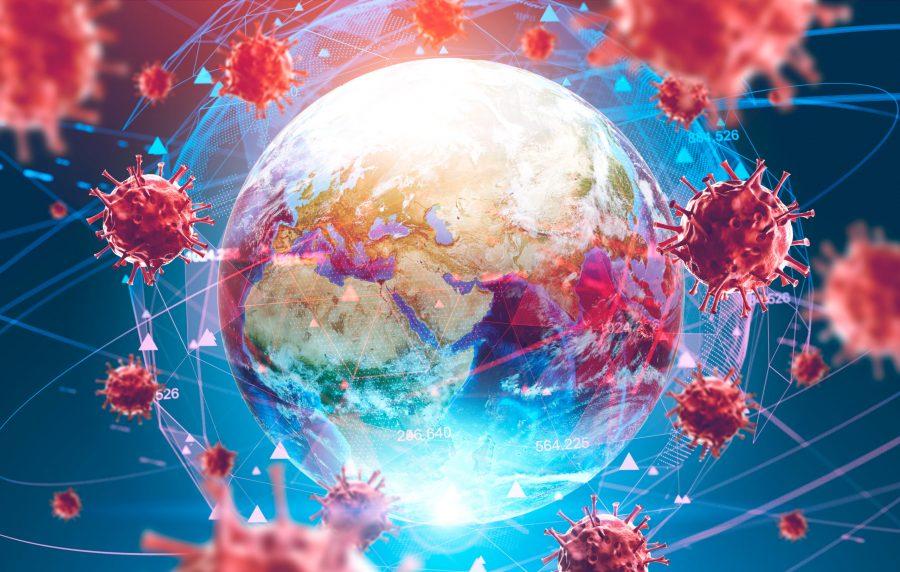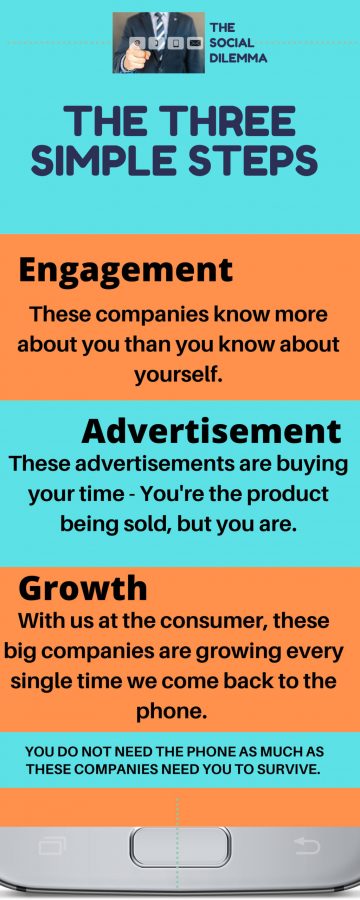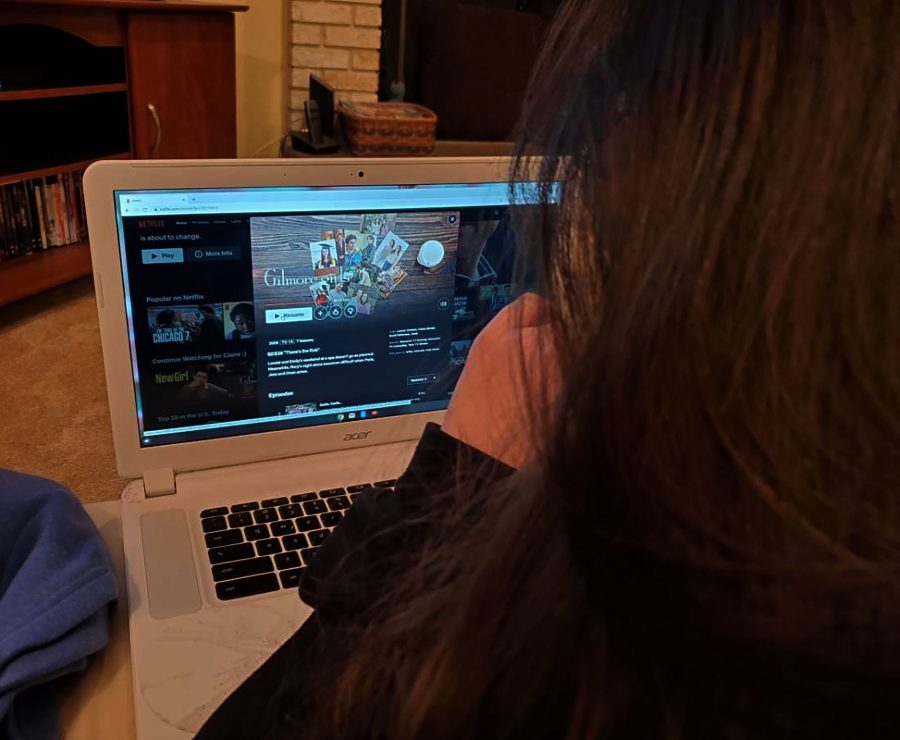by Juliette Ciullo
It’s safe to say the COVID-19 pandemic has drastically changed the way people live their lives, and the tumultuous 2020 is shaping up to be a year for the history books. In the midst of remote schooling, mask wearing, outbreaks and many other daily reminders of the pandemic, one might understandably not devote their spare time to thinking about the Coronavirus. In fact, the coronavirus has spread to 213 countries. Yet there’s something about it we all seem to be missing, a crucial link that might solve the answers to questions we can’t help but ask: How did this happen? What can we do? When will it end? What if it happens again?
The answers are bigger than just one pandemic; they lie in the compounding crisis of climate change, the self-made beast far too long ignored.
Climate change doesn’t just mean melting ice caps and rising sea levels, although those effects certainly apply.
The harsh reality is that pandemics will likely only be more and more prominent as globalization and technology advance in our ever interconnected world. Combine that notion with a constant encroaching of remote and wild environments in search of more natural resources and you have a modern world primed for frequent and potentially life-threatening diseases.
In recent times, a clear pattern has emerged. In fact, Zoonotic diseases, diseases that were previously only transmitted through animals but later were transmitted to humans, have been the source of public health crises for longer than we realize. SARS (bats), MERS (camels), Zika (mosquitoes), West Nile Virus (mosquitoes), Ebola (bats or primates like monkeys and apes), and COVID-19 (bats) are just a few of the viruses that originated from animals and proved to have devastating consequences on humanity.
Human’s excessive deforestation and overuse of land drives animals out of their natural habitats and precipitates a loss of biodiversity. The World Bank states that between 1990 and 2016, the world lost 502,000 square miles of forest. The lack of safe and remote spaces for animals in the wild brings them in closer contact with human civilization. In addition, biodiversity allows for the fragile and detailed balance of wildlife to be more resilient to changes in the ecosystem and serves as a safety net for animals. Wild, domestic, living or dead, caged animals, as they often appear in economic settings, are yet another alarming public health risk.
“It’s clear that we need to at the very least monitor wildlife and livestock trade, as well as take other steps towards protecting our environment,” senior Mae Merkle said.“I remember reading about how scientists in 2017 warned government leaders of an inevitable pathogen titled ‘Disease X’ similar to Coronavirus and their lack of a response is really upsetting.”
The fact that climate change approaches and pandemic policies aren’t seen as joint concerns is a dangerous oversight.
“I really don’t think most people see the connection between climate change and the coronavirus, possibly due to the health concerns and economic hardships they’re currently facing,” senior Chloe Alce said.
“The most effective way to address both future pandemic and global climate change is to promote sustainable land use policies that minimize our ecological footprint,” Environmental Science and Biology teacher Mr. Rittner said. “This will help to reduce the impacts of climate change and avoid pushing into undeveloped habitats and potentially encountering new Zoonotic diseases. That is not to say we cannot develop our resources, we just need to be more sustainable about it.”
To prevent the next pandemic, addressing climate change is vital. Many government leaders fear we can’t afford environmental policies, yet the truth of the matter is that we can’t afford not to. It’s true that it will cost $22 billion a year (not specifically for America) to address our pressing needs. Despite the high cost, it’s only two percent of the world’s top 10 countries’ military spending. And by April 22nd, the Washington Post estimated that $6 trillion had been spent on coronavirus relief.
The next life-threatening, devastating pandemic will happen again, it’s just a question of when. Ask yourself: will we be prepared?
The solution to the coronavirus you’ve never heard of
December 2, 2020
Asian flu ncov coronavirus over Earth background and its blurry hologram. Concept of cure search and spreading disease. 3d rendering toned image. Elements of this image furnished by NASA
0
More to Discover











